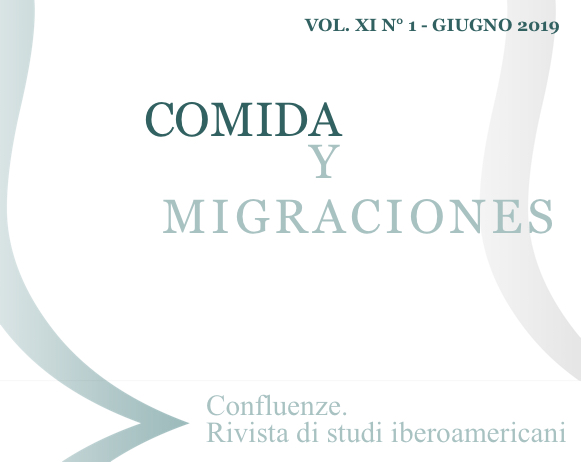Mito, sueño y escritura de la ambigüedad: “El hombre que siempre soñó” de Cristina Rivera Garza
DOI:
https://doi.org/10.6092/issn.2036-0967/9565Palavras-chave:
Contemporary Mexican Literature, dream, myth, mermaid, ambiguityResumo
This paper considers how the short story “El hombre que siempre soñó” (2002) by Cristina Rivera Garza is built around three discursive axes. The first axis refers to a “realistic” narrative, following a chronological development of the history. The second one is articulated according to the dream as an interruption of the conventional flow of time, and through the incursion of the “revealing moment” (Zambrano, 1986). Between those two axes, we can find a third one, which is made in the latent construction of the mythical isotopy related to the ancient Mexican mermaid in the myths of the origins. The mythical image works then as an “interpreter” (Herrero, 2006) of “reality” and its hermetic background, and it configures as origin and motor of the dream.Downloads
Publicado
2019-06-15
Como Citar
Cannavacciuolo, M. (2019). Mito, sueño y escritura de la ambigüedad: “El hombre que siempre soñó” de Cristina Rivera Garza. Confluenze. Rivista Di Studi Iberoamericani, 11(1), 162–189. https://doi.org/10.6092/issn.2036-0967/9565
Edição
Seção
ARTIGOS
Licença
Copyright (c) 2019 Margherita Cannavacciuolo
Os direitos autorais e de publicação de todos os textos desta revista pertencem aos respectivos autores, sem restrições.
Esta revista é distribuída com a licença Creative Commons Atribuição 4.0 Internacional (código legal completa).
Veja também a nossa Open Access Policy.
Metadados
Todos os metadados do material publicado são liberados em domínio público e podem ser usados por qualquer pessoa gratuitamente. Isso inclui referências.
Os metadados, inclusive as referências, podem ser reutilizados em qualquer mídia sem permissão prévia, tanto para fins lucrativos quanto para fins não lucrativos. Solicitamos aos usuários que forneçam um link para o registro de metadados original.






